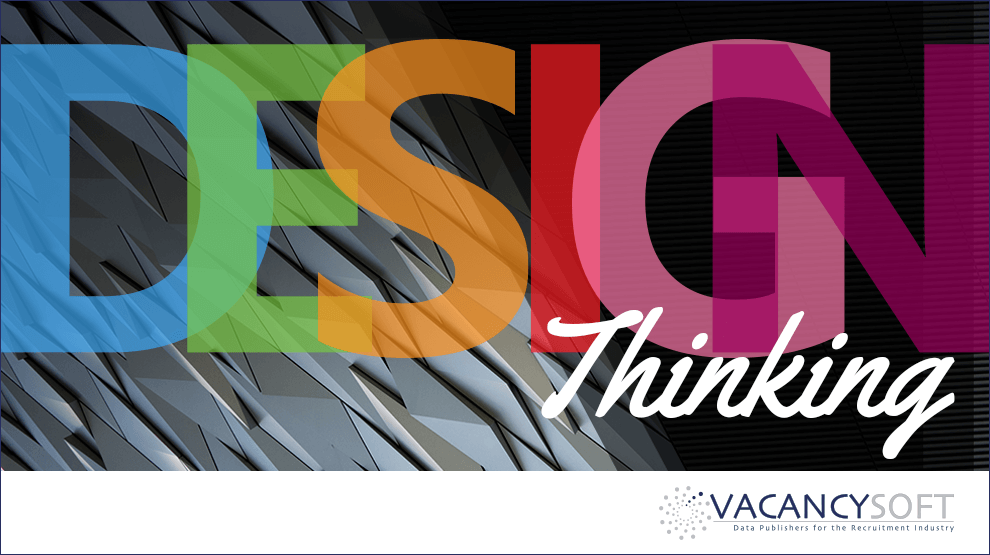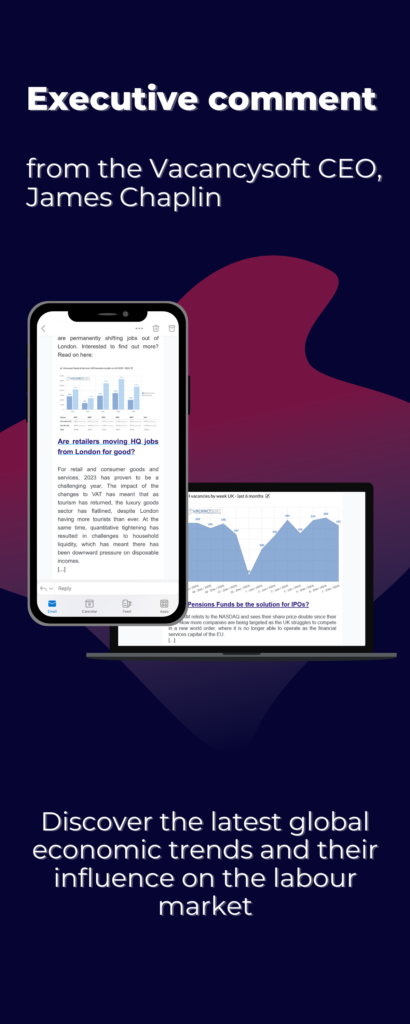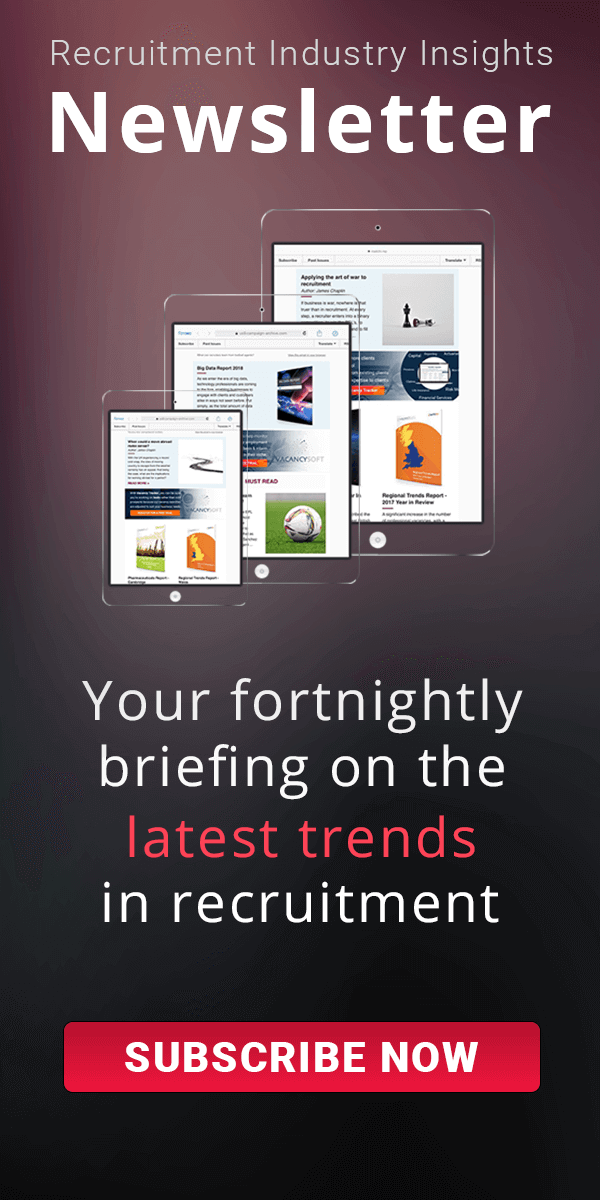Design thinking – how to stand out as a recruiter?

Over the last few
However, breaking through the informational noise, and convincing candidates to sign up, particularly on an exclusive basis, is as much of a struggle as approaching clients who are using employer branding techniques and in-house HR teams to move ever close to self-sufficiency with regard to talent attraction.
“As more organisations realise that it is service, innovation and relationship that bring profit, the focus moves away from the manufacturing and production side to the people side.”
Kevin Wheeler
Both clients and candidates today are better informed, well educated, and conscious of virtually all of the practices on the market, which has made them raise the bar when it comes to expectations of what they get from recruiters. In terms of recruitment, agencies are now expected to emphasise the candidate/client experience through the whole recruitment cycle.
Design thinking is one of the ways that can help recruiters stand out from the competition. It is a problem-solving approach that is founded on discovering the client’s desired outcomes and is backed by innovation. When applied to recruitment it makes recruiters step away from formal procedures, such as sourcing and screening, and to go beyond those, focusing on addressing the problems their candidates and clients face.
For example, recruiters can apply design thinking by mapping out the candidate journey. The recruiter should identify all of the steps the candidate needs to go through to get hired, assess the candidate experience at each stage and address it wisely. The candidate journey mapping involves a lot of research, personal communication, and analysis, and is uniquely designed for each hire.
“Keep the experiences backed by customer research, experimentation, and empathy for the candidate.”
Christian De Pape
The same approach is to be maintained through all the stages of the hiring process and even after the placement has been made. Ensuring and maintaining the best experience will ensure a reputation as an industry leader and will guarantee a high level of successful hires and referrals from happy candidates/clients.
To sum up, the application of design thinking to the recruitment process may be helpful for overcoming client/candidate satisfaction challenge and helping recruiters to stand out from the crowd
Recruitment Industry Insights is a free Market Intelligence Tool that can help you to become a thought leader in your niche, increase your brand awareness, and attract clients. Read about this free Market Intelligence Tool here.
Author: Valeriia Muzhchyna
Digital Marketing Executive


